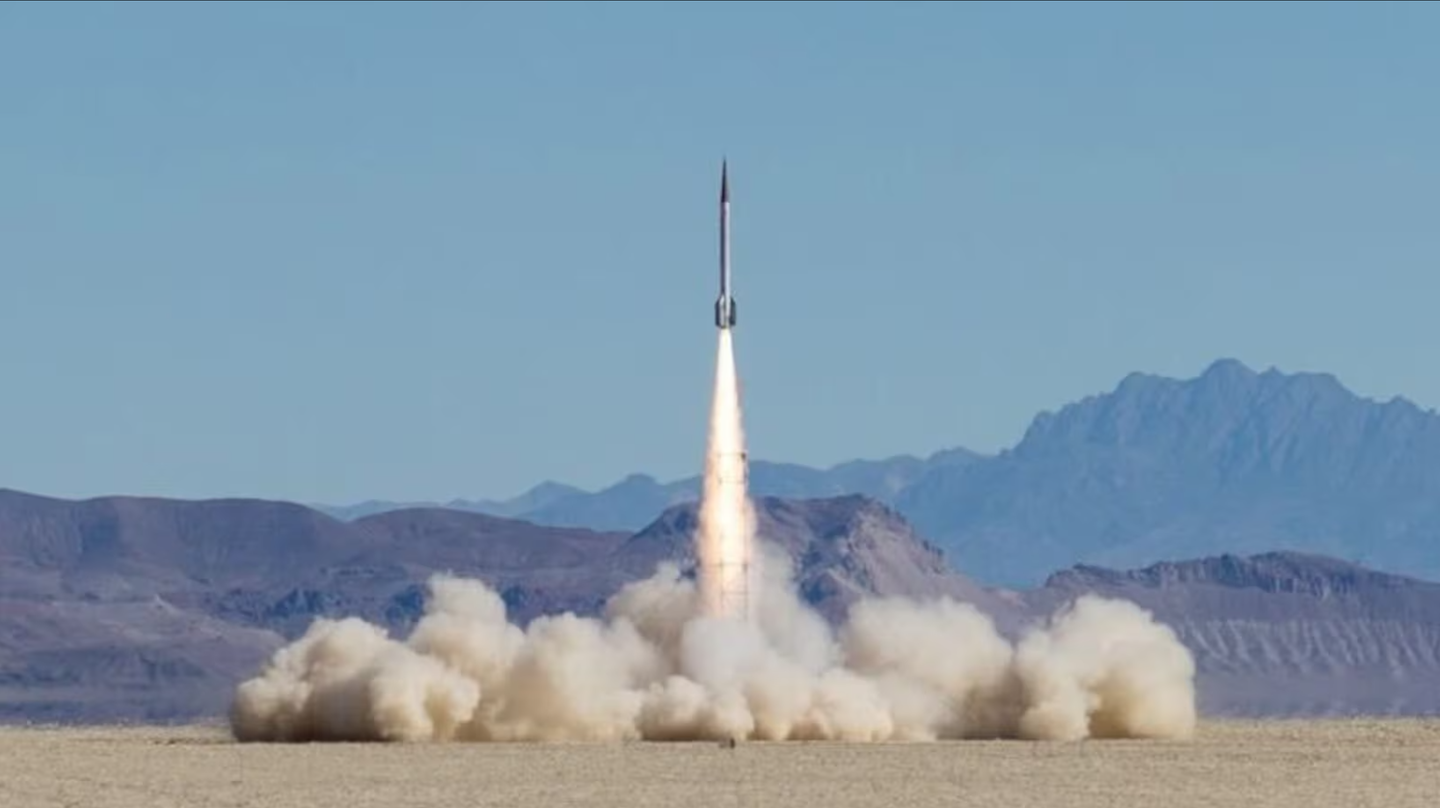Highly transparent solar cells have a 1000x greater power conversion efficiency
Solar panels often get a bad rap for spoiling the appearance of homes and businesses. Yet, this may be about to change.

[July 19, 2022: Public Relations, Tohoku University]
Highly Transparent Solar Cell with 2D Atomic Sheet Successfully Fabricated. (CREDIT: Toshiaki Kato)
Solar panels often get a bad rap for spoiling the appearance of homes and businesses. Yet, this may be about to change.
A research group has fabricated a highly transparent solar cell with a 2D atomic sheet. These near-invisible solar cells achieved an average visible transparency of 79%, meaning they can, in theory, be placed everywhere - building windows, the front panel of cars, and even human skin.
Scientists have long sought to develop transparent solar cells, but the suitable materials have not existed thus far.
To make the solar cell, the team controlled the contact barriers between indium tin oxide (ITO), one of the most widely used transparent conducting oxides, and a monolayer tungsten disulfide.
Related Stories
They coated various thin metals onto the ITO and inserted a thin layer of Tungsten Oxide between the coated ITO and the tungsten disulfide.
"The way in which we formed the solar cell resulted in a power conversion efficiency over 1000 times that of a device using a normal ITO electrode," pointed out Toshiaki Kato, corresponding author of the paper and associate professor at Tohoku University's Graduate School of Engineering.
The group's efforts did not stop there. They also explored how their solar cell can be expanded for use in an actual solar panel.
An optical image of a highly-transparent solar cell fabricated with a 2D atomic sheet. (CREDIT: Toshiaki Kato)
"We discovered the appropriate design modifications needed to avoid an unexpected voltage drop that accompanies increasing the device area," said Kato.
Details of their research were published in the journal Scientific Reports.
For more science and technology stories check out our New Discoveries section at The Brighter Side of News.
Note: Materials provided above by Tohoku University. Content may be edited for style and length.
Like these kind of feel good stories? Get the Brighter Side of News' newsletter.



